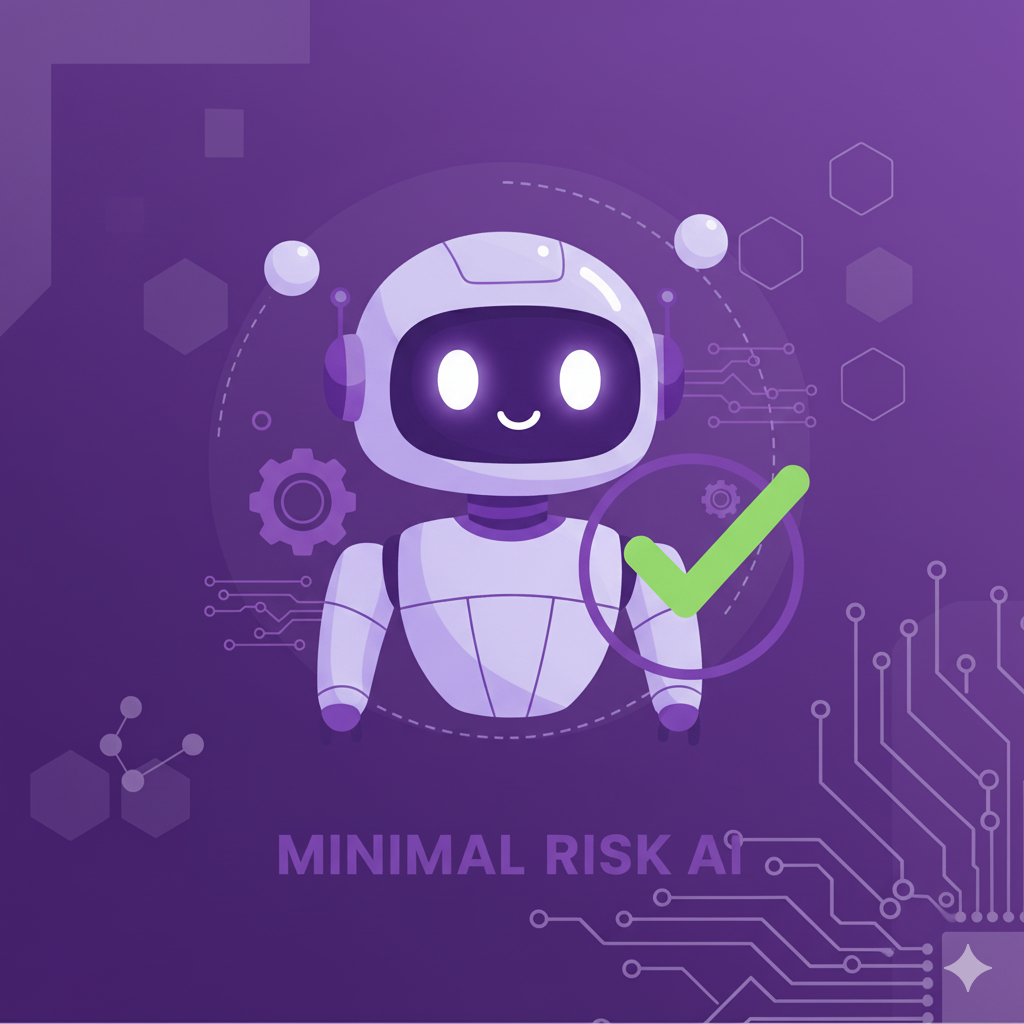
What is Minimal Risk AI?
Minimal Risk AI is the simplest category of artificial intelligence recognized by the law.
These are systems defined by their low potential for negative impact. According to the initiative, they are systems that:
º(Art. 5, sec. XI) ...do not represent a significant risk to the fundamental rights, health, or safety of persons.
º(Art. 33, sec. I) ...have no significant potential for harm to rights or persons.

The regulatory approach for this category is one of minimal intervention, designed to foster innovation while ensuring a baseline of compliance.
º Unrestricted Use: (Art. 5, sec. XI) The use of Minimal Risk AI is unrestricted (referring to regulatory freedom, not cost).
º No Specific Authorization: (Art. 33, sec. I & Art. 5, sec. XI) These systems do not require specific regulatory conditions, special authorization, or dedicated supervision.
º The General Obligation: (Art. 33, sec. I) Despite their freedom from specific oversight, they are not entirely unregulated. These systems must still observe the general principles of the Law.
Common Examples of Minimal Risk AI
Article 5 (section XI) provides several common examples of systems that fall into this category:
º Basic personal assistants
º Spam filters
º Entertainment recommendation engines
Source: Information extracted from Art. 5, section XI, and Art. 33, section I of the INITIATIVE FOR THE FEDERAL LAW FOR THE ETHICAL, SOVEREIGN, AND INCLUSIVE DEVELOPMENT OF ARTIFICIAL INTELLIGENCE.

